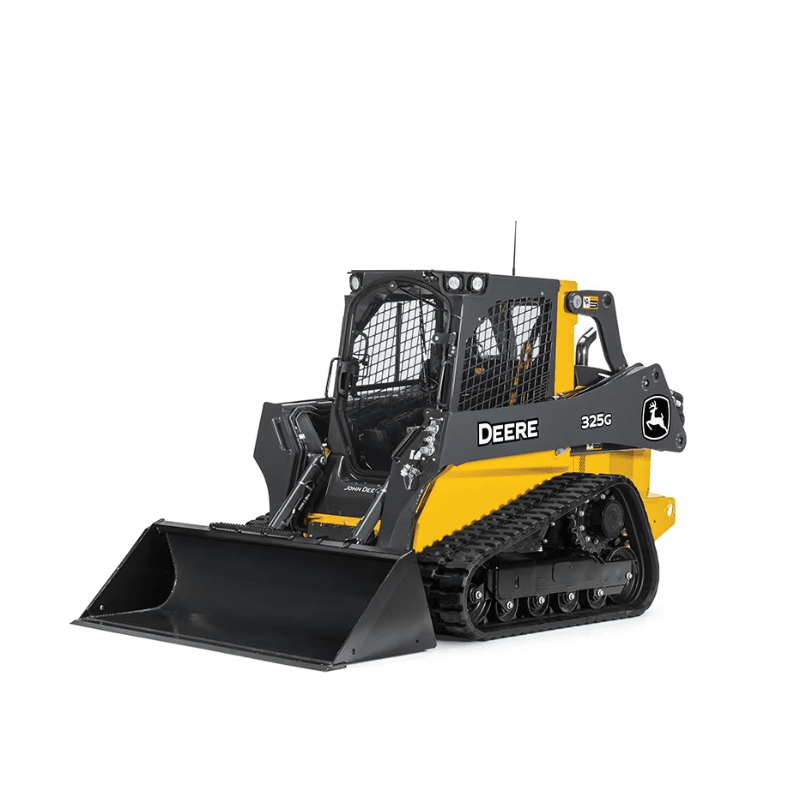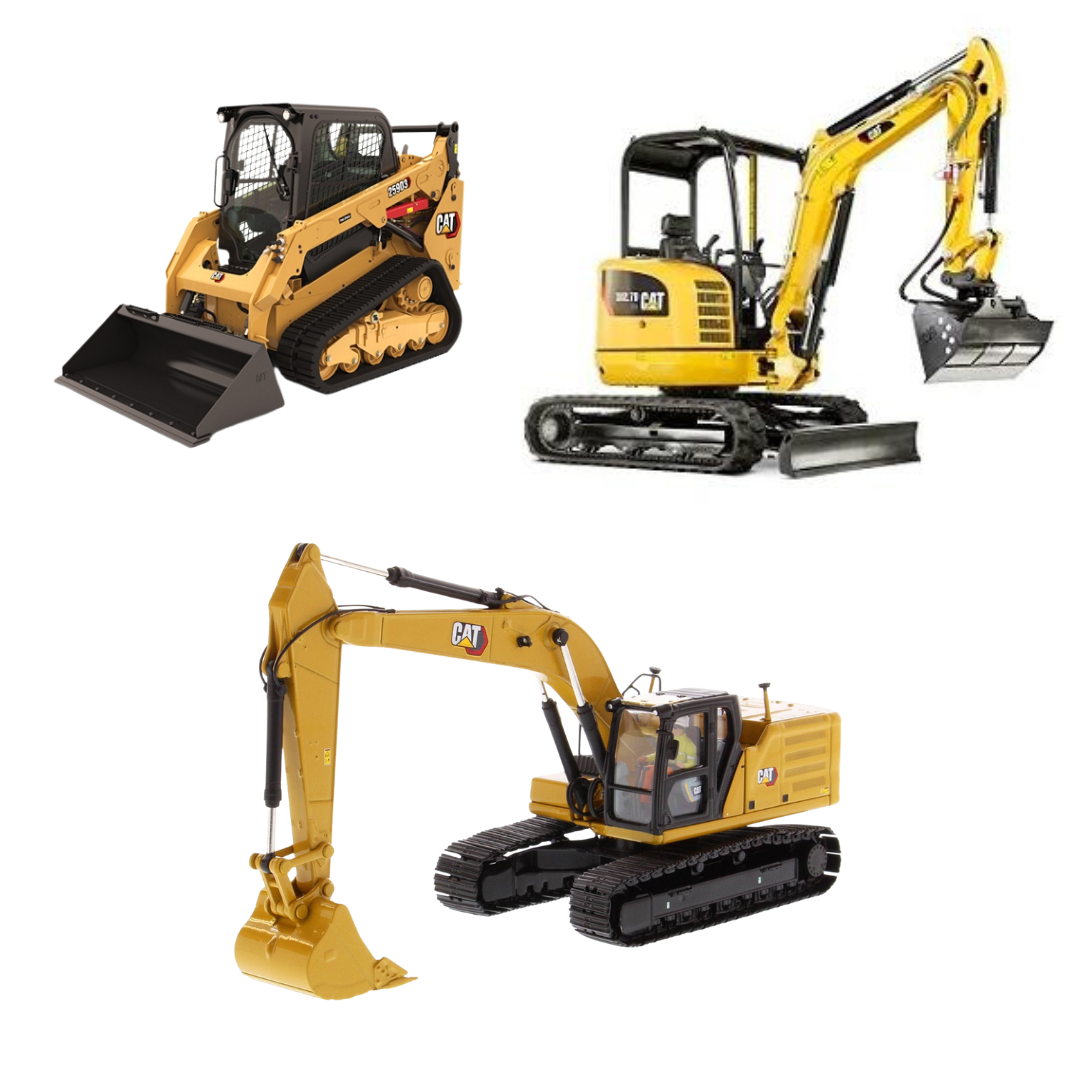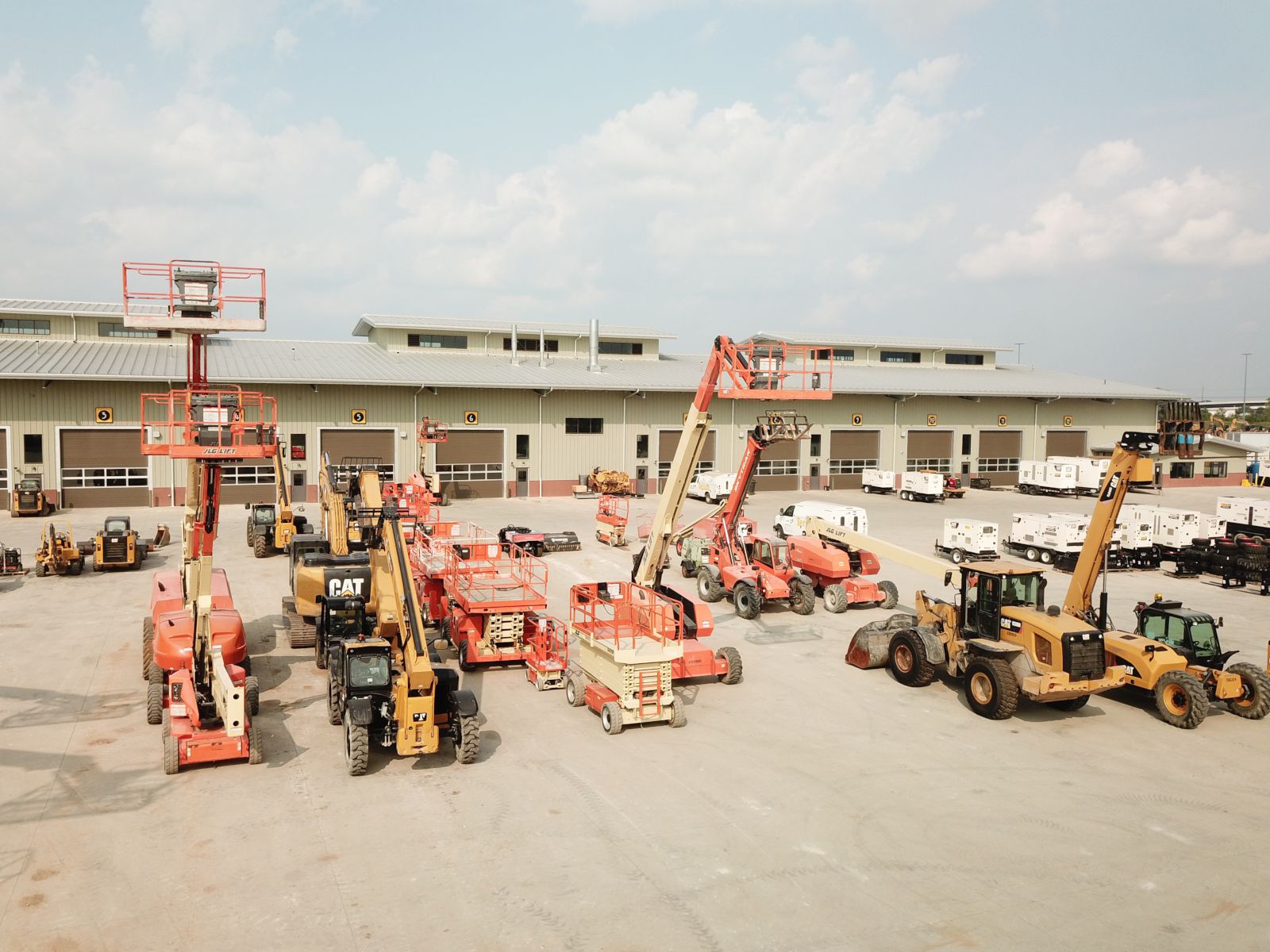Forklift Rental: Heavy Training Equipment for Warehousing and Much more
Forklift Rental: Heavy Training Equipment for Warehousing and Much more
Blog Article
Optimize Your Budget by Understanding the Prices Associated With Construction Tools Leasings
Comprehending the full extent of costs linked with building and construction equipment leasings is important for maximizing your budget plan. What strategies can be employed to efficiently handle these prices and make certain a more effective rental experience?
Overview of Rental Prices
When considering building and construction devices services, understanding the linked costs is extremely important for reliable budgeting and job planning. Rental costs can differ considerably based upon several aspects, including equipment type, period of rental, and area. The first rental fee usually shows the devices's market need and its associated operational abilities, affecting the overall expense.
Along with the base rental rate, supplementary expenses might arise, such as transportation fees, fuel additional charges, and upkeep fees. It is vital to represent these extra expenditures to properly analyze the complete cost of renting out tools. In addition, the rental period can impact pricing; longer leasings might get approved for reduced prices, while temporary services could sustain greater everyday costs.

Breakdown of Rental Prices
A thorough understanding of rental prices is vital for contractors and project supervisors aiming to maximize their budgets. Rental rates for building tools typically include a number of components, consisting of base prices, time-based fees, and use costs.
Base rates are the core charges connected with the rental of the tools, commonly determined by the kind and size of the machinery. These rates can vary dramatically, affected by factors such as tools need, accessibility, and regional market patterns. Time-based charges, which may be daily, weekly, or monthly, serve to accommodate different job timelines and rental durations.
In addition, rental prices might include use fees, which apply when devices is utilized beyond a specified limit, making sure that the rental company can represent damage. Seasonal need variations can also affect rental prices, with peak building seasons normally commanding greater rates.
Moreover, comprehending the rental company's plans relating to maintenance and insurance policy can provide further understanding right into the total price structure. By examining these elements, specialists can make enlightened decisions, making certain the option of rental equipment lines up with both project needs and budget plan restraints.
Added Fees to Consider
Recognizing the complexities of extra charges is important for contractors to manage their overall leasing expenses effectively. Beyond the basic rental rates, various supplemental fees can substantially affect the overall expense of devices leasing. These fees frequently include delivery and pick-up costs, which can differ based on distance and logistics associated with transferring the equipment to and from the work website.
Moreover, some rental business may impose fuel additional charges if the devices is returned with less fuel than when leased. It is likewise important to understand potential cleansing costs, particularly for specific equipment that calls for thorough maintenance after usage.

Extensively examining the rental arrangement and clearing up these extra costs ahead of time can help specialists avoid unanticipated expenses and ensure that spending plans continue to be intact throughout the project lifecycle.
Repair And Maintenance Expenses
Normal maintenance and fixing expenses are typically overlooked aspects that can considerably influence the total cost of building equipment services. When renting tools, it is essential to take into consideration not just the rental fees however also the potential costs connected with maintaining the equipment in ideal operating problem.
Numerous rental firms consist of standard maintenance as part of the rental agreement; nevertheless, extra unexpected breakdowns or considerable repairs can result in added costs. It's crucial to review the rental agreement very carefully to recognize what upkeep services are covered and what responsibilities fall on the tenant.
In addition, devices that is not well-kept can cause inefficiencies at work website, possibly boosting and causing hold-ups job expenses. To mitigate these threats, it is suggested to perform normal inspections and maintain open interaction with the rental service provider regarding any type of problems that occur during usage.
Insurance and Liability Costs
Insurance policy and obligation expenses are vital components that can significantly influence the general cost of building and construction devices leasings (forklift rental). These costs ensure that both the rental firm and the client are secured from possible monetary losses arising from mishaps, damages, or theft throughout the rental period

Additionally, customers should be mindful of any deductibles or exclusions in the insurance policy, as these can impact possible out-of-pocket expenses. Comprehending the terms of any type of insurance policy coverage is important to prevent unanticipated costs. Eventually, budgeting for insurance policy and obligation expenditures can help make sure a smoother rental experience and protect versus financial dangers connected with building and construction jobs.
Verdict
In verdict, a comprehensive understanding of the expenses associated with building and construction equipment rentals is essential for effective budget monitoring. Inevitably, educated decision-making concerning equipment rentals contributes to the general success of building and construction endeavors.
Rental expenses can differ significantly based on several elements, including devices kind, period of rental, and place (boom lift rental). The rental duration can affect rates; longer leasings may certify for affordable prices, while temporary rentals might incur higher day-to-day fees
By conducting extensive research study and engaging with reliable rental firms, professionals can effectively navigate the complexities of rental prices, inevitably maximizing their financial sources.
Past the typical rental rates, numerous supplemental costs can significantly affect the total cost of devices rental. Rental firms often supply liability insurance that covers injuries to equipment rental company third events or damage to property, while equipment damage insurance can cover the price of fixings or replacement if the rented devices is harmed.
Report this page